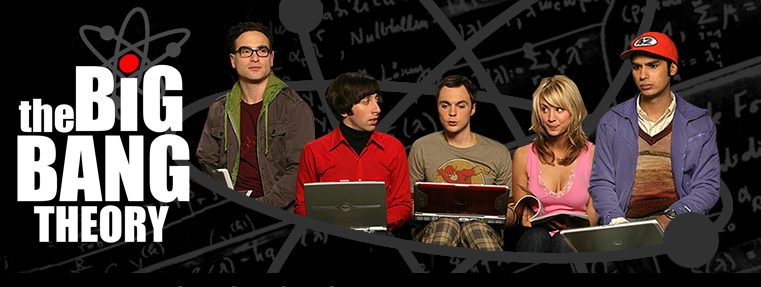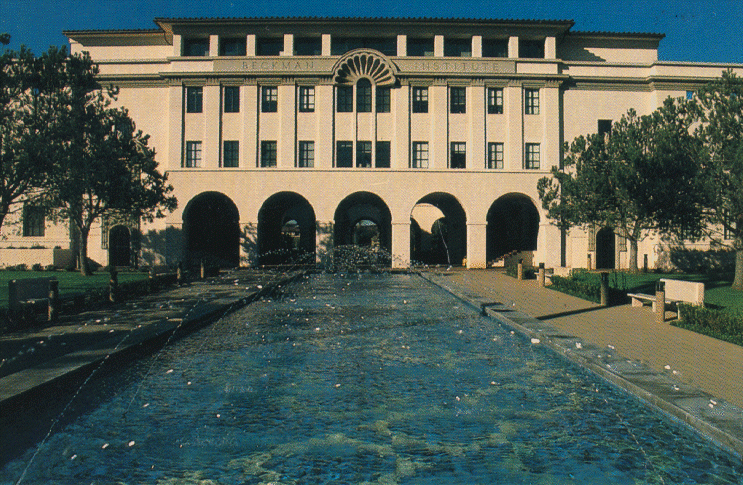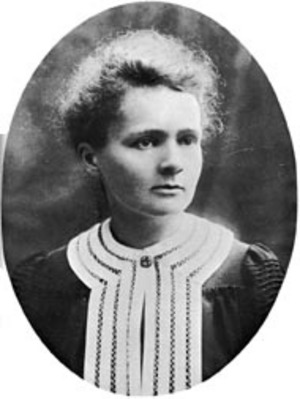In this Season 5 episode of The Big Bang Theory, Sheldon Cooper is forced to take a vacation. Sheldon decides that he will take his vacation by going to Amy’s biology lab. He states that Richard Feynman went to a biology lab when he was forced to take a vacation. So, for this week’s blog, I decided that I would discuss Richard Feynman.
Richard Feynman was born in 1918. He received his undergraduate degree from the Massachusetts Institute of Technology, and then his Ph.D. from Princeton University in 1942. Feynman proceeded to work for Princeton, and Cornell, before joining the California Institute of Technology.
One of Dr. Richard Feynman’s greatest achievements was his lectures in a two year introductory undergraduate physics class. Lectures that became famously known as The Feynman Lecture on Physics.
Early on in his career, while he was at Princeton, he became a junior physicist for the Manhattan Project. Feynman worked with Hans Bethe in the Manhattan Project, and together they developed a formula for calculating the yield of a fission bomb.
Later in his career at Caltech, Dr. Feynman won a Nobel Prize for his work in quantum electrodynamics. In this work, he developed his Feynman diagrams that I brought up before in my blog. One of his diagrams was the final question in the physics bowl on The Big Bang Theory.
Sources:
http://en.wikipedia.org/wiki/Richard_Feynman
http://www.nobelprize.org/nobel_prizes/physics/laureates/1965/feynman-bio.html




 One of the school’s most iconic buildings is the Beckman Institute. Arnold Beckman is a very famous chemist and philanthropist, who invented the pH meter.
One of the school’s most iconic buildings is the Beckman Institute. Arnold Beckman is a very famous chemist and philanthropist, who invented the pH meter. 





